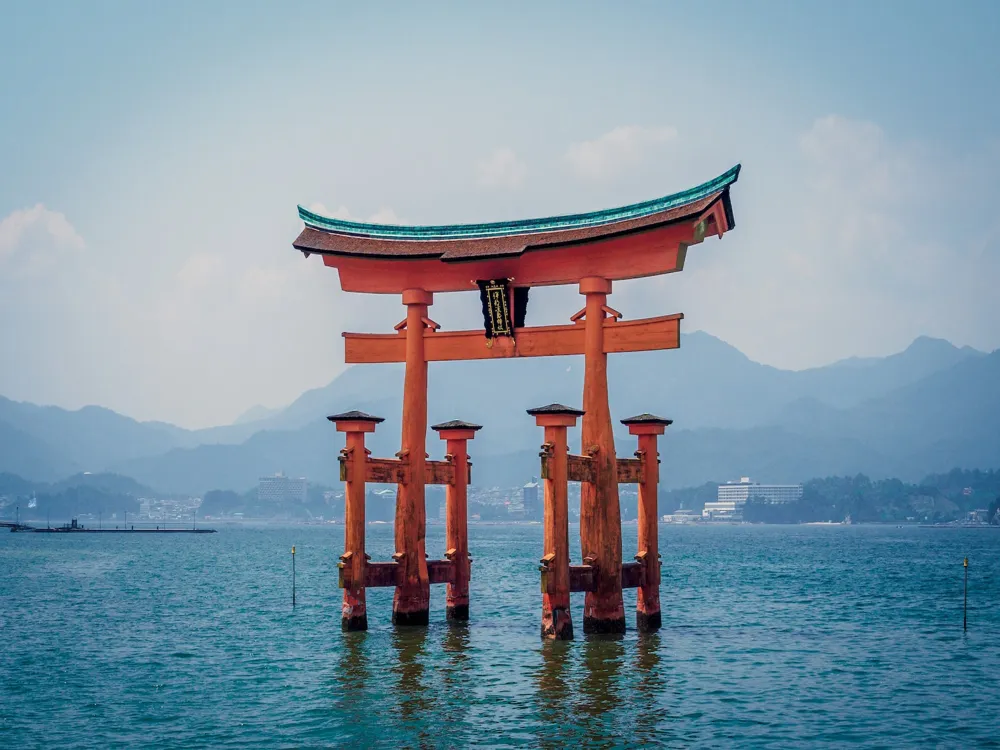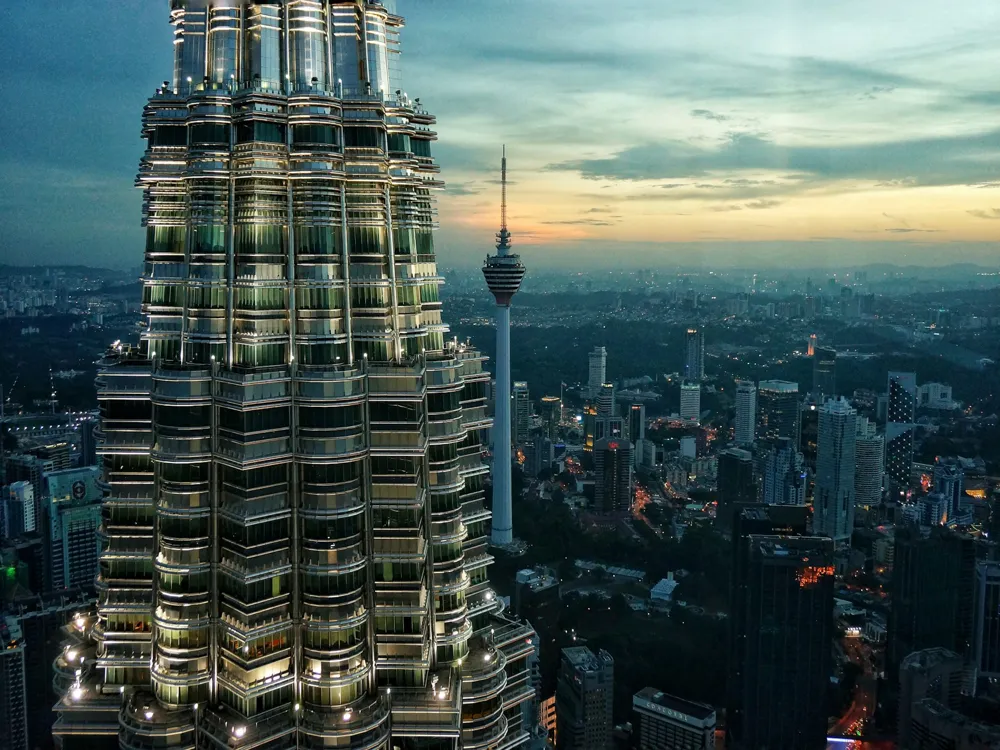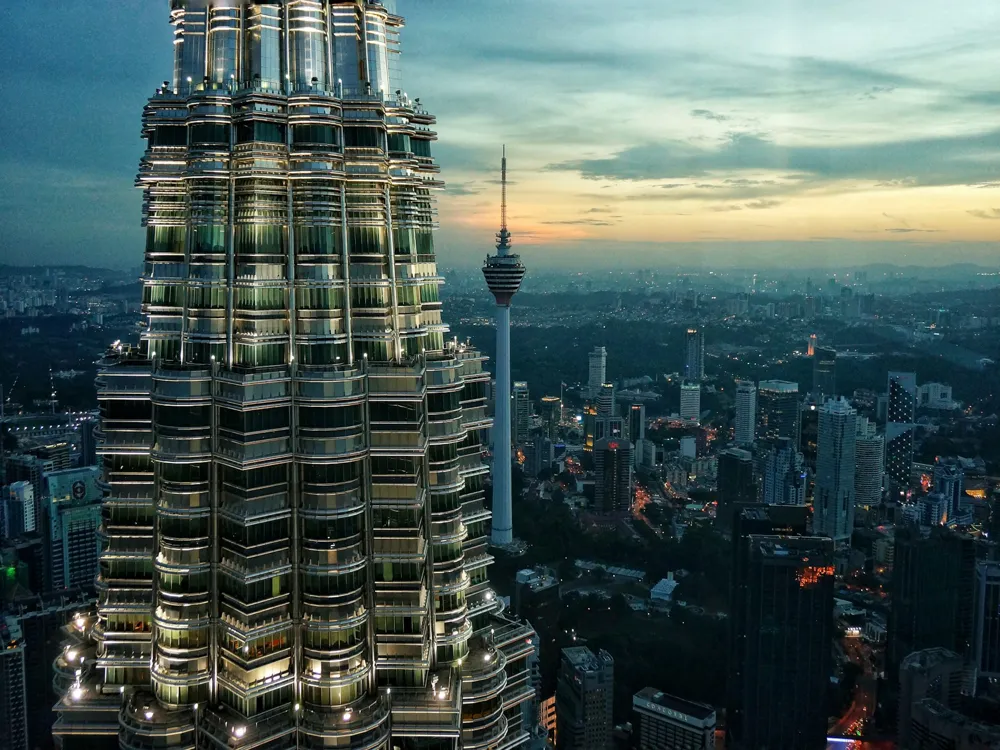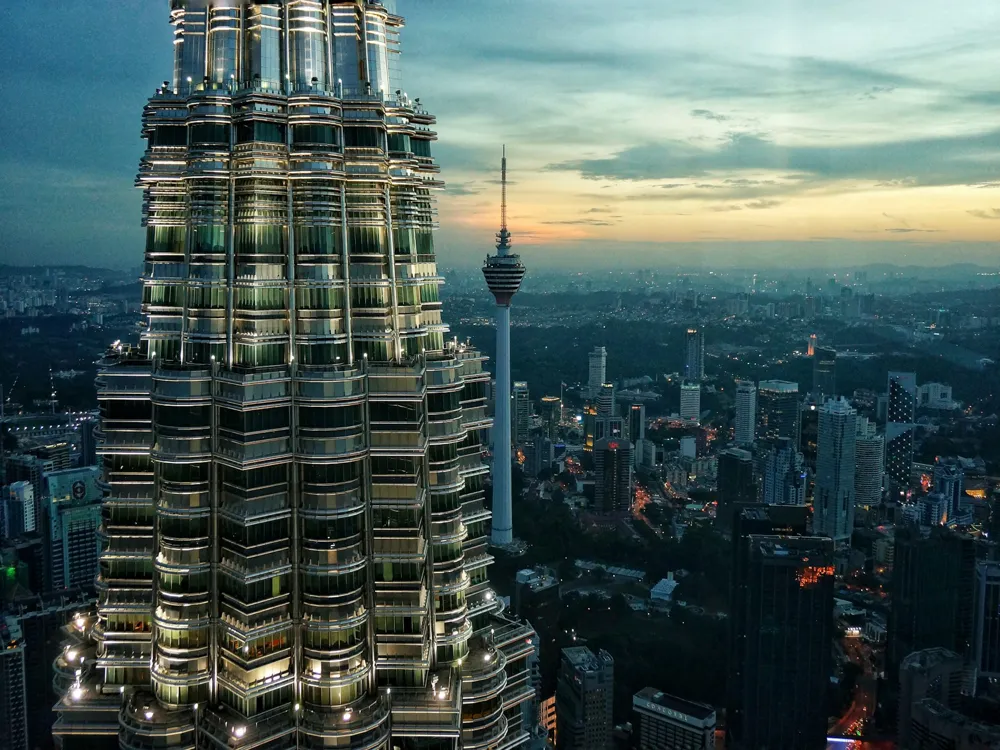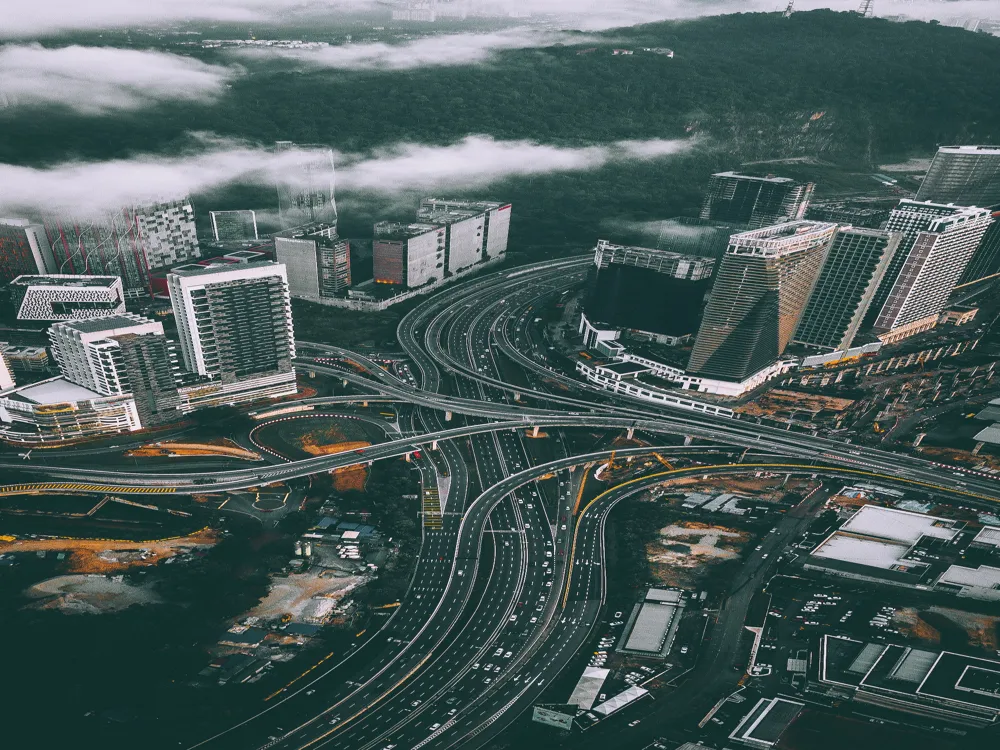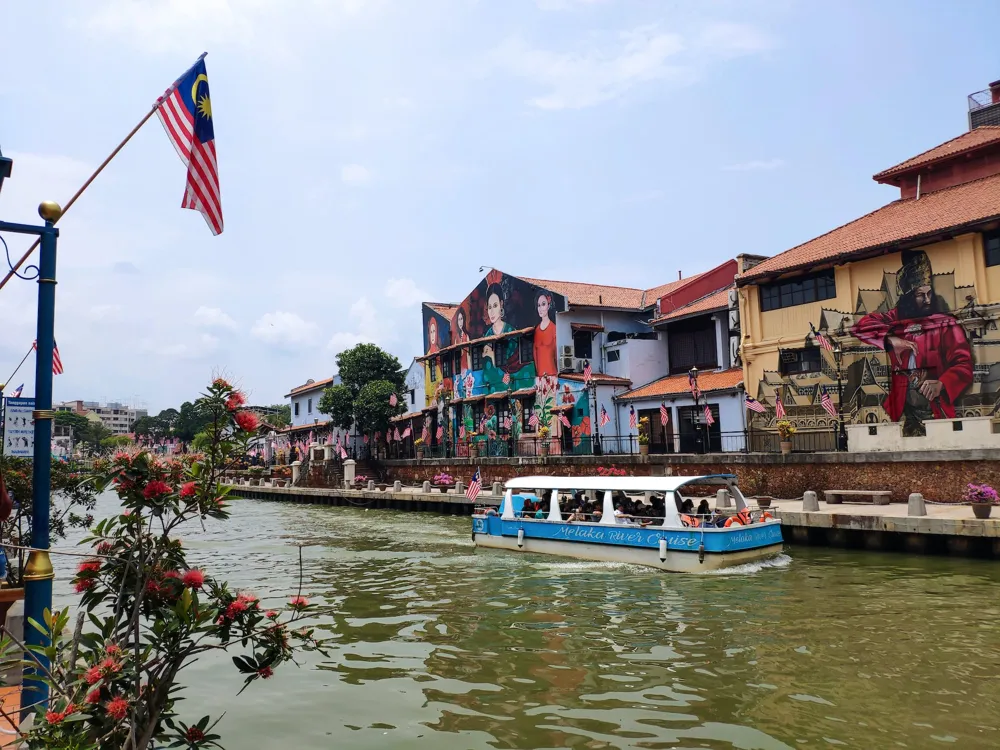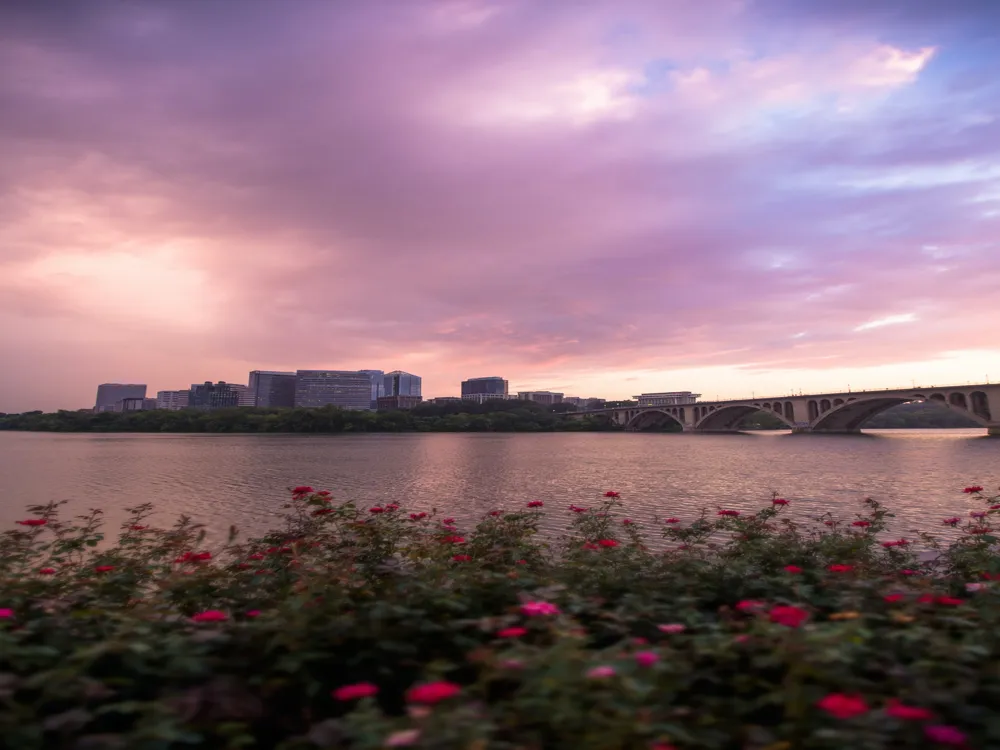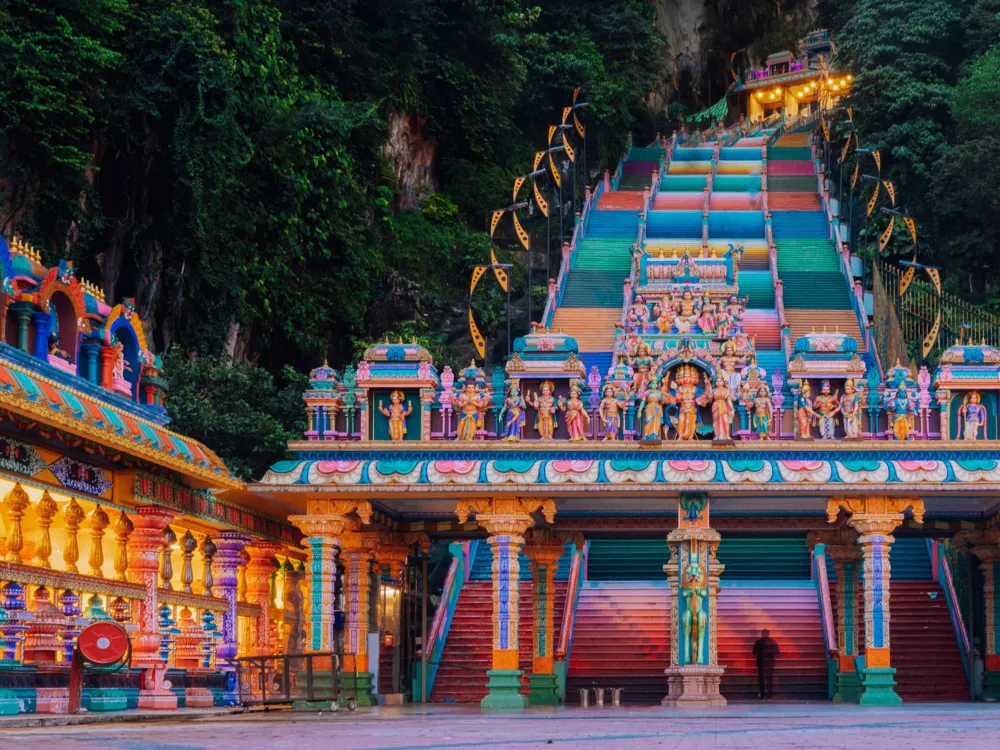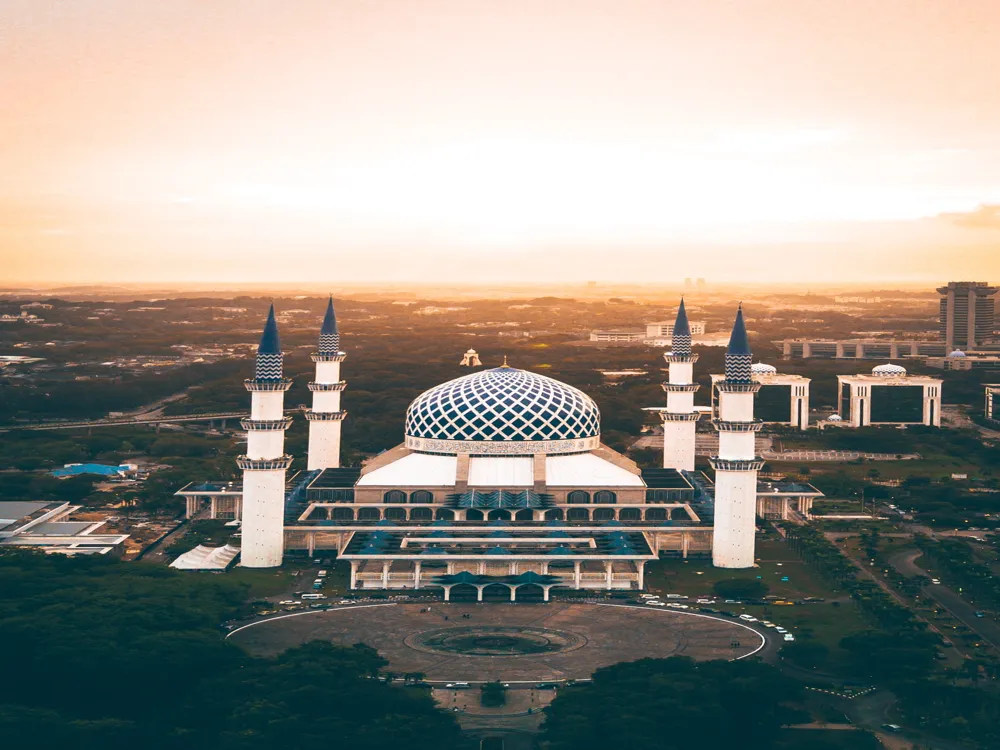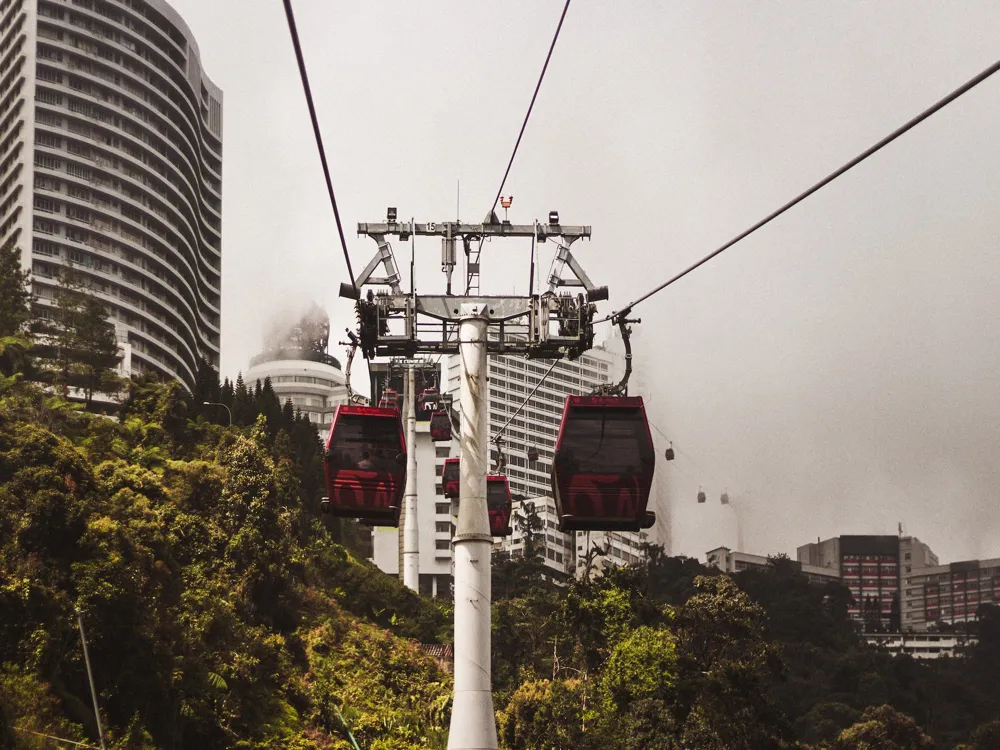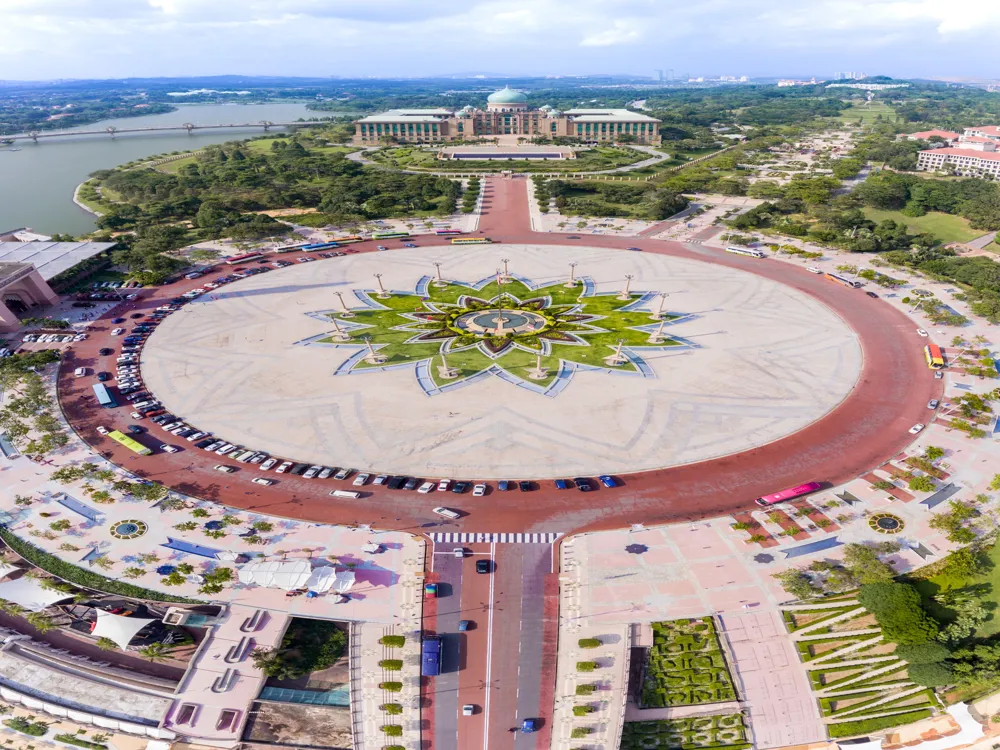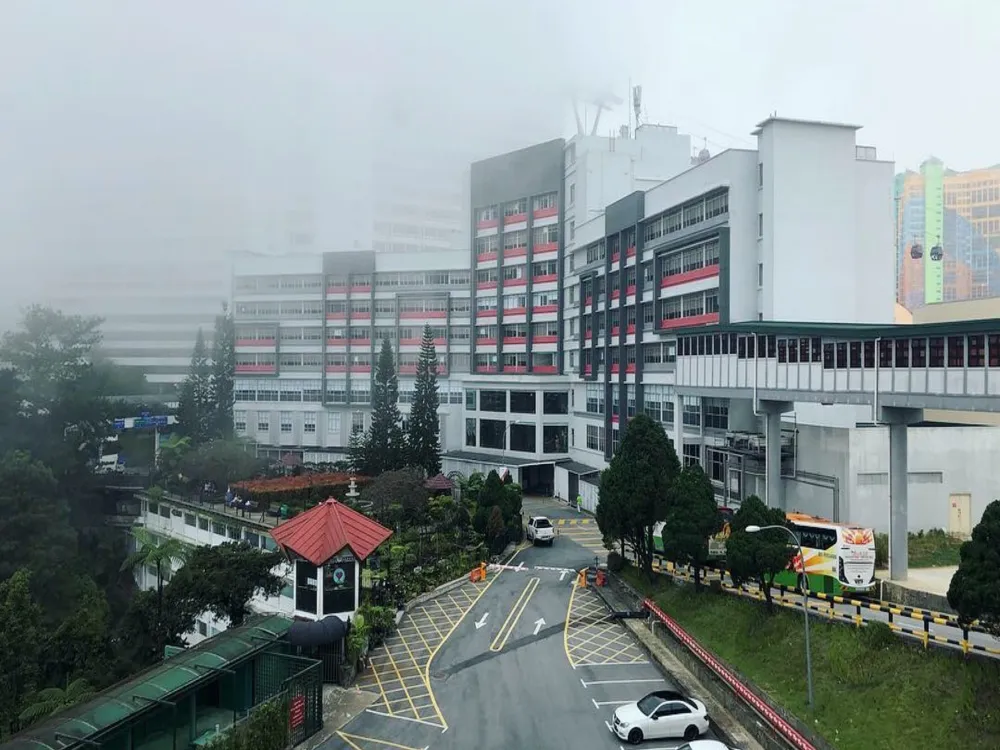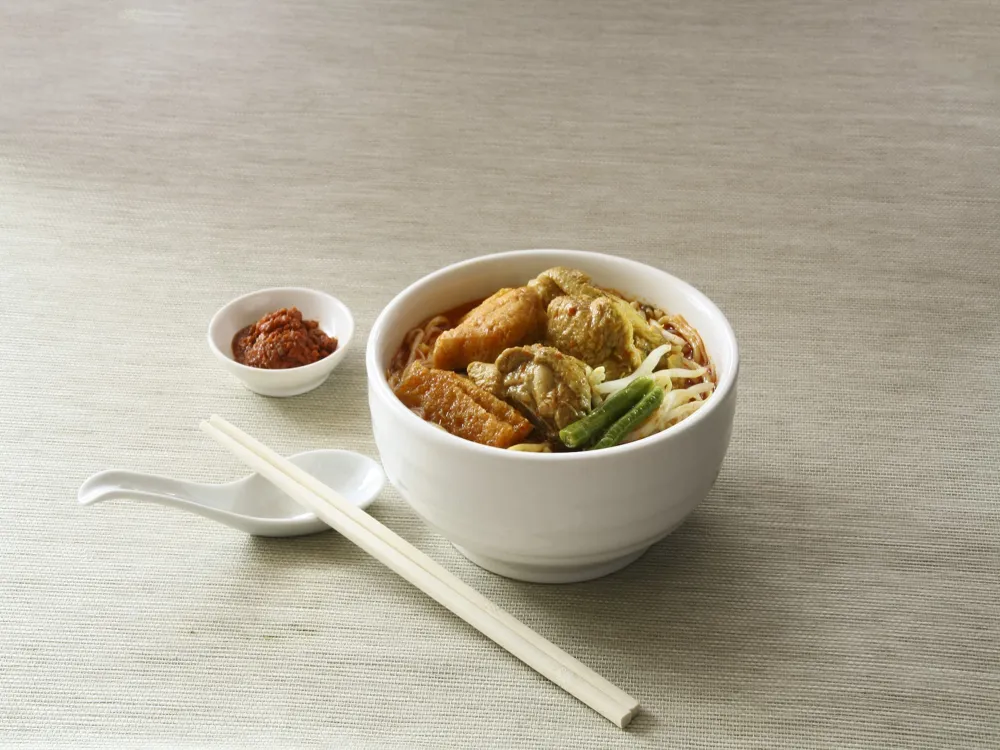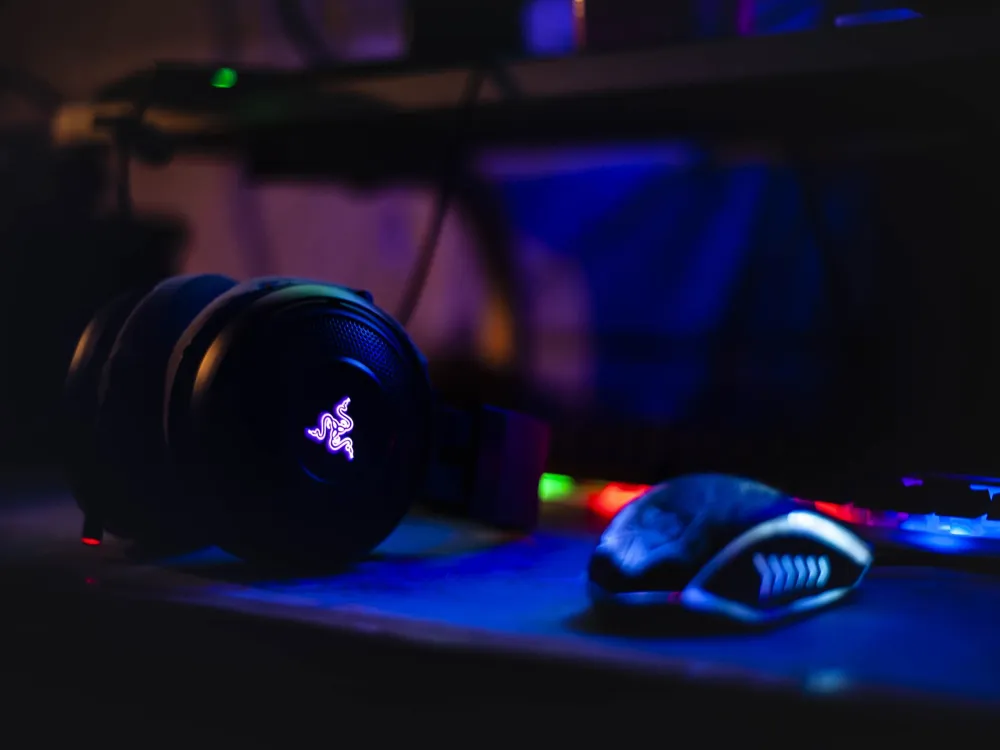The National Textile Museum of Kuala Lumpur, a gem nestled in the heart of Malaysia's bustling capital, stands as a testament to the rich and vibrant fabric of Malaysian textile history. This museum, housed in a historic building that dates back to the late 19th century, is more than just a repository of fabrics; it is a tapestry that weaves together the diverse cultural and historical strands of Malaysia. Visitors to the museum are greeted with an array of traditional Malaysian textiles, each with its own story and significance. The collection includes a vast range of textiles from various Malaysian states, showcasing the unique styles and techniques specific to different regions. Among the most notable exhibits are the intricate batik, songket, pua kumbu, and telepuk fabrics. These textiles are not only visually stunning but also rich in symbolism and cultural significance. The batik section, for example, illustrates the intricate process of wax-resist dyeing, a technique that produces complex and colorful designs. Songket, a fabric interwoven with gold or silver threads, exemplifies luxury and social status in traditional Malaysian society. Aside from its permanent exhibits, the National Textile Museum also hosts a variety of temporary exhibitions, workshops, and educational programs. These initiatives aim to foster a deeper understanding and appreciation of Malaysian textiles among locals and tourists alike. The museum is not just a place to observe but an interactive space where visitors can engage in hands-on experiences, such as batik painting and weaving, offering a truly immersive cultural experience. The architecture of the museum itself is a marvel, blending colonial and traditional Malaysian elements. It serves as a perfect backdrop to the rich tapestry of textiles housed within. The building's façade, adorned with intricate patterns and designs, echoes the complexity and beauty of the textiles inside. Its strategic location in the city's cultural enclave makes it easily accessible and a must-visit destination for anyone interested in the rich tapestry of Malaysia's heritage. The National Textile Museum of Kuala Lumpur, situated in a historical building, is an architectural marvel that mirrors the cultural richness of Malaysia. The building, constructed in the late 19th century, is an exemplary representation of the colonial era, fused seamlessly with traditional Malaysian architectural elements. This unique blend of styles creates a distinct and visually striking structure that stands out in Kuala Lumpur’s cityscape. The museum's exterior is characterized by its Mughal-style domes and intricate terracotta brickwork, a hallmark of colonial architecture in Malaysia. The building's façade is adorned with a series of arches and columns, each detailed with indigenous motifs and designs that celebrate Malaysian artistic heritage. This blend of colonial and local architectural elements symbolizes the confluence of cultures in Malaysia, making the museum a physical embodiment of the country’s diverse history. Inside, the museum continues to impress with its well-preserved interior that houses four main galleries. Each gallery is designed to reflect the essence of the textiles on display, with ambient lighting and layout that enhance the visitor's experience. The thoughtful design of the exhibit space allows for an immersive journey through Malaysia's textile history, offering insights into the cultural and historical significance of each piece. The building's renovation and restoration efforts have been meticulous, ensuring that the original architectural integrity is preserved while accommodating modern amenities for visitors. The museum's layout facilitates a smooth flow of traffic, allowing visitors to navigate the exhibits with ease and comfort. The integration of modern display technologies with the historical setting creates a unique and enriching experience for all who visit. Before visiting the National Textile Museum, it's advisable to check the museum's official website for the latest information on opening hours and any special exhibits or events. Planning your visit in advance ensures a more organized and enjoyable experience. As the museum is a place of cultural significance, visitors are encouraged to dress respectfully. Comfortable and modest attire is recommended, especially if you plan to participate in hands-on workshops. While photography may be permitted in certain areas of the museum, it's important to adhere to the museum's photography policy. Flash photography and tripods are usually prohibited to protect the textiles. Always check for signage or ask museum staff for guidance. Engaging in the museum's workshops can greatly enhance your visit. These workshops offer hands-on experience in traditional textile making techniques, providing a deeper understanding and appreciation of the craft.Overview of the National Textile Museum of Kuala Lumpur
Architecture of the National Textile Museum
Tips When Visiting the National Textile Museum
Plan Your Visit
Dress Appropriately
Photography Guidelines
Participate in Workshops
National Textile Museum
Kuala Lumpur
₹ 18,000 onwards
View kuala-lumpur Packages
Weather :
Tags : Museum
Timings : 09:00 AM – 6:00 PM
Closed on Monday
Entry Fees : Malaysian Citizens: RM 2
Foreigner Tourists: RM 5
Time Required : 1- 2 hour
Nearest MRT/ LRT station : Masjid Jamek
Exhibitions : Pohon Budi Gallery, Pelangi Gallery, Teluk Berantai Gallery, Ratna Sari Gallery
Planning a Trip? Ask Your Question
Kuala-lumpur Travel Packages
View All Packages For Kuala-lumpur
Top Hotel Collections for Kuala-lumpur

Private Pool

Luxury Hotels

5-Star Hotels

Pet Friendly
Top Hotels Near Kuala-lumpur
Other Top Ranking Places In Kuala-lumpur
View All Places To Visit In kuala-lumpur
View kuala-lumpur Packages
Weather :
Tags : Museum
Timings : 09:00 AM – 6:00 PM
Closed on Monday
Entry Fees : Malaysian Citizens: RM 2
Foreigner Tourists: RM 5
Time Required : 1- 2 hour
Nearest MRT/ LRT station : Masjid Jamek
Exhibitions : Pohon Budi Gallery, Pelangi Gallery, Teluk Berantai Gallery, Ratna Sari Gallery
Planning a Trip? Ask Your Question
Kuala-lumpur Travel Packages
View All Packages For Kuala-lumpur
Top Hotel Collections for Kuala-lumpur

Private Pool

Luxury Hotels

5-Star Hotels

Pet Friendly







